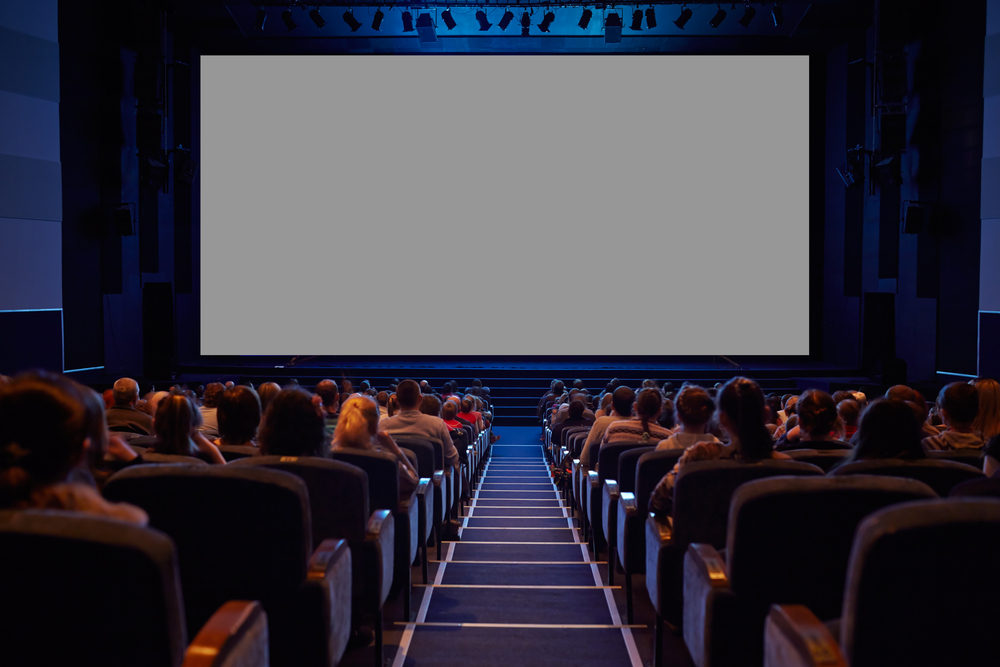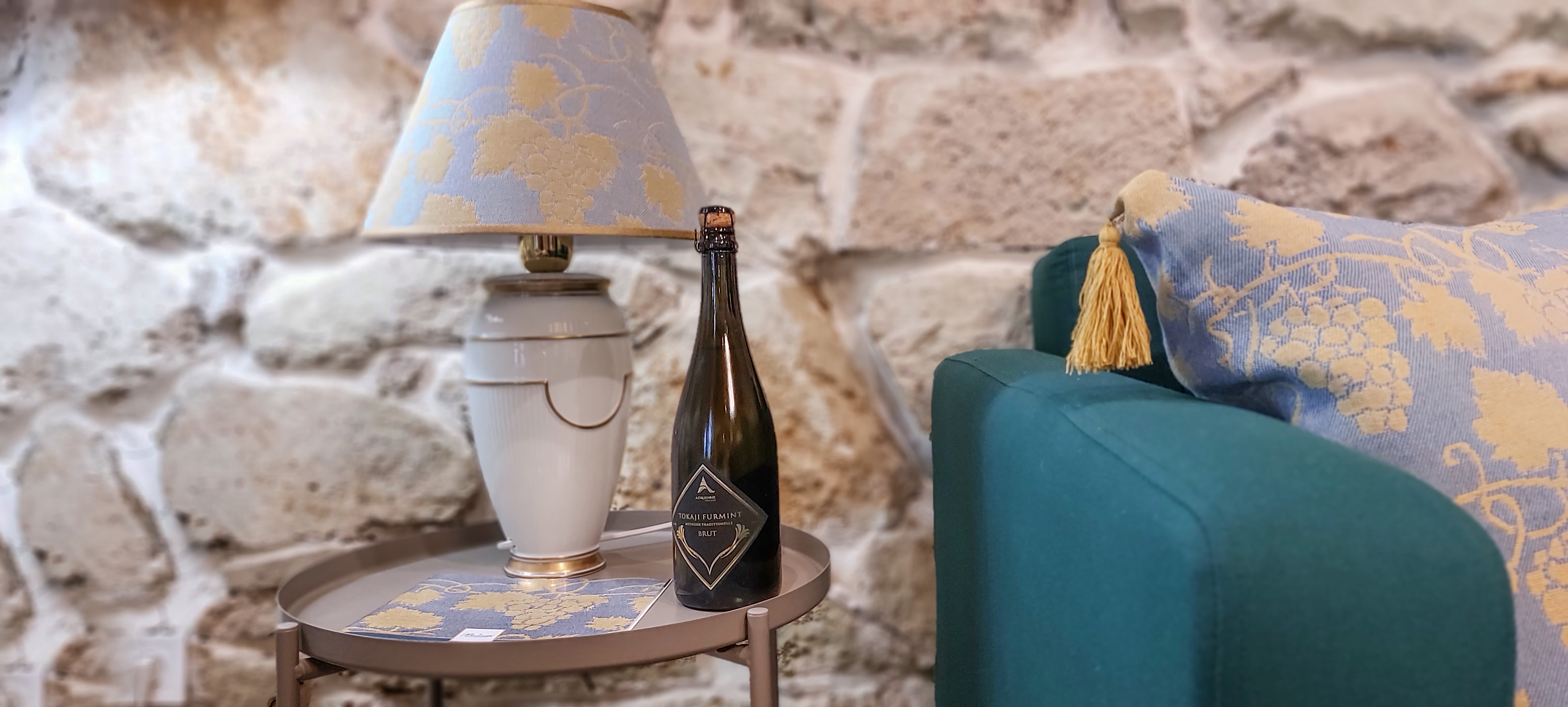Hungarian Photographers in America at the Museum of Fine Arts

Marilyn Monroe 1949
Photo © Virginia Museum of Fine Arts, Richmond, Diénes Andor / André De Dienes (1913–1985)
If you’re interested in Hungarian photography, you’ll probably be familiar with the names of André Kertész or Robert Capa. But you may not have heard of Anna Barna, László Kondor, György Lőrinczy, Nickolas Muray or André de Dienes. These are some of the more than 30 photographers whose work is featured in the “Hungarian Photographers in America (1914-1989)” exhibition at Budapest’s Museum of Fine Arts.
Covering the period from the beginning of World War I to the collapse of the Soviet Union, the exhibition displays more than 170 works by 32 Hungarian émigré photographers who settled in America. Famous or obscure, all helped advance the genres in which they worked.
I’ve yet to figure out why so many great 20th-century photographers are Hungarian. With tongue hopefully firmly in cheek, Capa said, “It is not enough to have talent; you also have to be a Hungarian.” (The Budapest-born British movie mogul Sir Alexander Korda is said to have put a twist on this, saying: “It is not enough to be Hungarian; you also have to have talent.”)
While it can’t hurt to be reminded of Capa’s greatness, it’s the lesser-known figures who intrigue the most, for their remarkable lives as much as their work. In some cases, we know a fair amount about a photographer; in others, very little.
Not much is known about pioneering woman photographer Anna Barna, for example. Born in 1901, she arrived in Paris from Budapest in the 1930s. In the French capital, she worked as a reporter and photographer.
Barna met the great André Kertész, who had moved to Paris in 1925, and they became friends. Fearing the coming storm, Kertész and his wife Elizabeth emigrated to New York in 1936. Nothing is known of how Barna survived after the Germans invaded Paris in 1940. In 1946, she, too, sailed to New York on a stateless person’s visa, which she had acquired in Zurich.
Box of Photos
According to the Magyar Fotográfiai Múzeum, Barna was murdered in New York, and a box of her photographs and a document ended up in Kertész’s possession. If that hadn’t turned up, it’s doubtful that anything would have been known of Barna. Her somewhat spooky photographs of dolls and doll parts dating from her time in Paris in the 1930s are impressive.
Primarily a reportage photographer, László Kondor escaped Hungary after the 1956 Uprising, arriving in Chicago in 1961. At the University of Chicago, he trained as a political scientist before becoming a photographer in the mid-’60s.
Kondor is best known for his photographs of the Vietnam War. Wearing a uniform and carrying a gun, he embodied another of Capa’s dictums: “If your pictures aren’t good enough, you’re not close enough.” Unlike other photographers who worked for services such as Reuters or the Associated Press, Korda was able to take his time and get the shot. His “Old Man in Quang Ngai Market, 1969” is incredibly evocative of the impact of war on the Vietnamese people.
György Lőrinczy, born in Budapest in 1935, began his career in Hungary. Around 1958, he discovered American magazines and fell in love with the realism of the photography, which he preferred to the more aesthetic European approach. Invited to visit New York with his wife in 1968, Lőrinczy made an album of what he modestly called “snapshot” photos of a New York that captivated him. In 1973, the couple moved permanently to the city they’d fallen in love with.
I’d got it into my head that Hungarian photographers only made art, war or reportage photography, so it was a revelation to discover the work of Nikolas Muray, born the humble Miklós Mandl in Szeged in 1892.
The Fencing Photographer
Muray sailed for New York in 1913. By 1926, he was working for “Vanity Fair” and photographing the celebrities of the day. Between 1920 and 1940, he made more than 10,000 portraits. These include several of the Mexican painter Frida Kahlo, his lover throughout the 1930s. Close your eyes and conjure up Kahlo, and you may well be recalling one of Muray’s intensely colorful photos.
Because Muray was also a champion fencer who competed for the United States in the 1928 and 1932 Summer Olympics and won over 60 medals throughout his life, I’d like to think he cut a dashing figure. In 1965, aged 73, he died of a heart attack while fencing at the New York Athletic Club. A somewhat more glamorous way to go than taking photos.
André de Dienes was another Hungarian photographer linked to a female icon. He was born Andor György Ikafalvi-Dienes in Târgu Secuiesc, Romania, in 1913. In 1928, after his mother’s suicide, he journeyed across Europe, mostly on foot, to Tunisia, where he bought his first camera. Why Tunisia, nobody knows. In any case, he traveled to Paris in 1933 to study art.
After working as a fashion photographer in Paris for a time, in 1938, Dienes’ work was spotted by legendary “Esquire” magazine editor Arnold Gingrich, who paid for his passage to the States. Dienes also went on to work for “Vogue” and “Life.”
Tiring of life as a fashion photographer, Dienes moved to California in 1944 and began specializing in landscapes and nudes. He first photographed Marilyn Monroe in 1945 when she was 19 and would shoot her twice more in the 1950s. He last saw her in 1961 when, he said, she was “Smiling, radiant – utterly misleading. I little guessed that this was our last goodbye.”
In 2002, art publishers Taschen published an 848 two-volume collection of photos of Monroe by Dienes.
Hungarian Photographers in America (1914–1989) is curated by Alex Nyerges, director of the Virginia Museum of Fine Arts, and Péter Baki, director of the Museum of Hungarian Photography, and runs until Aug. 25 at the Museum of Fine Arts.
This article was first published in the Budapest Business Journal print issue of May 31, 2024.
SUPPORT THE BUDAPEST BUSINESS JOURNAL
Producing journalism that is worthy of the name is a costly business. For 27 years, the publishers, editors and reporters of the Budapest Business Journal have striven to bring you business news that works, information that you can trust, that is factual, accurate and presented without fear or favor.
Newspaper organizations across the globe have struggled to find a business model that allows them to continue to excel, without compromising their ability to perform. Most recently, some have experimented with the idea of involving their most important stakeholders, their readers.
We would like to offer that same opportunity to our readers. We would like to invite you to help us deliver the quality business journalism you require. Hit our Support the BBJ button and you can choose the how much and how often you send us your contributions.










